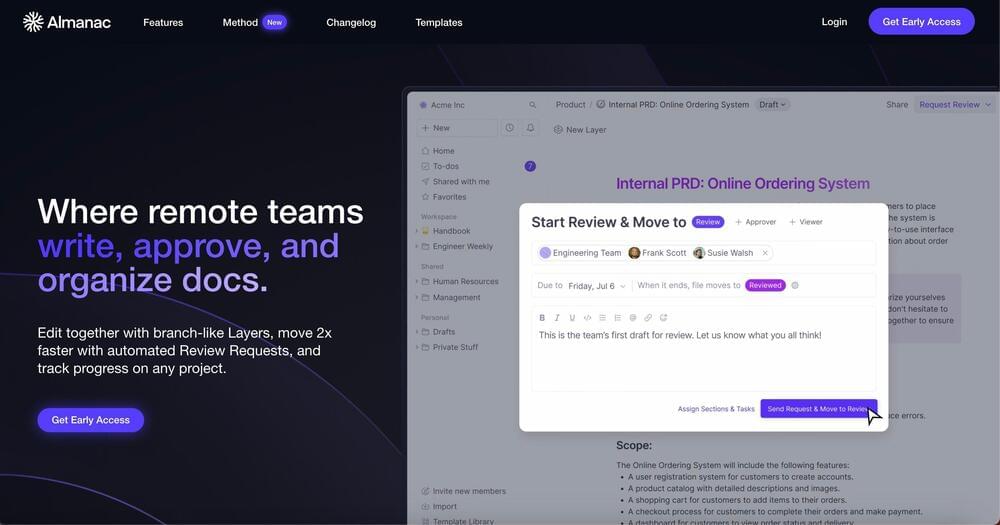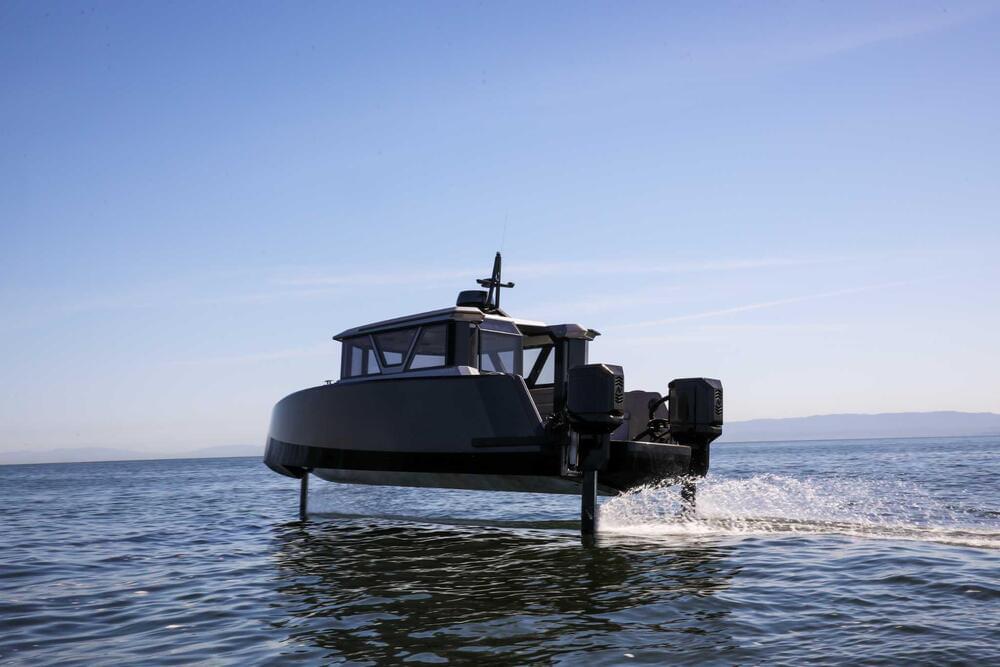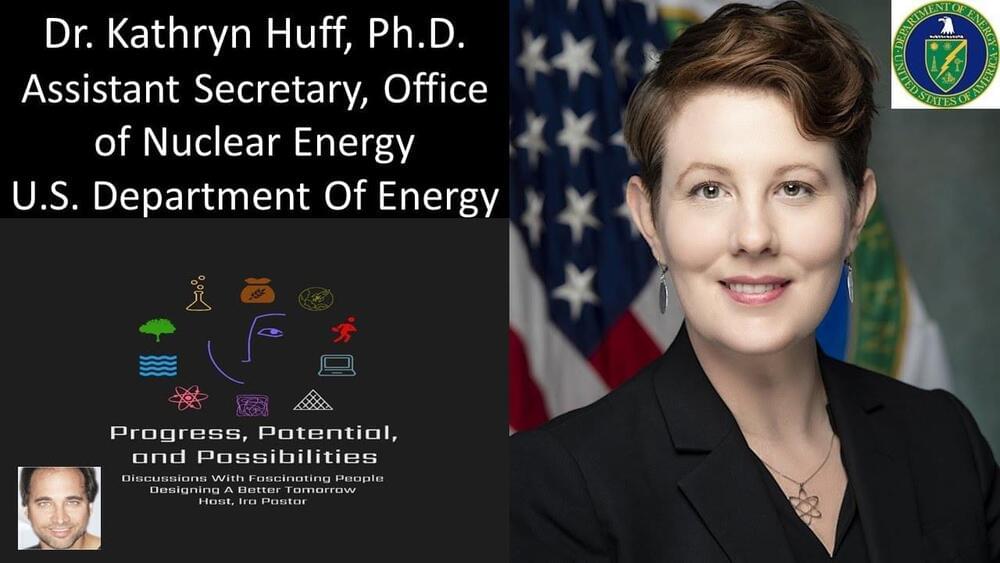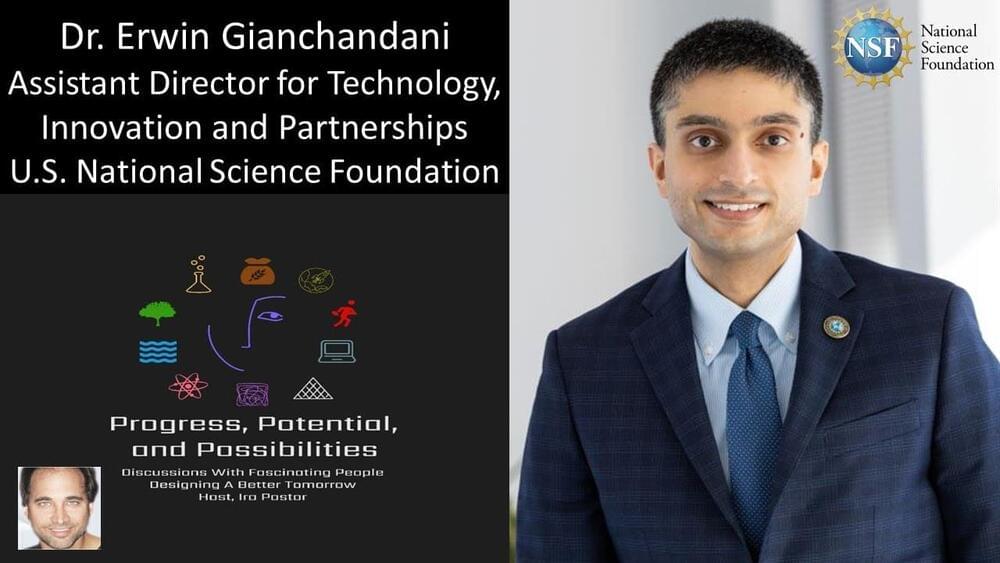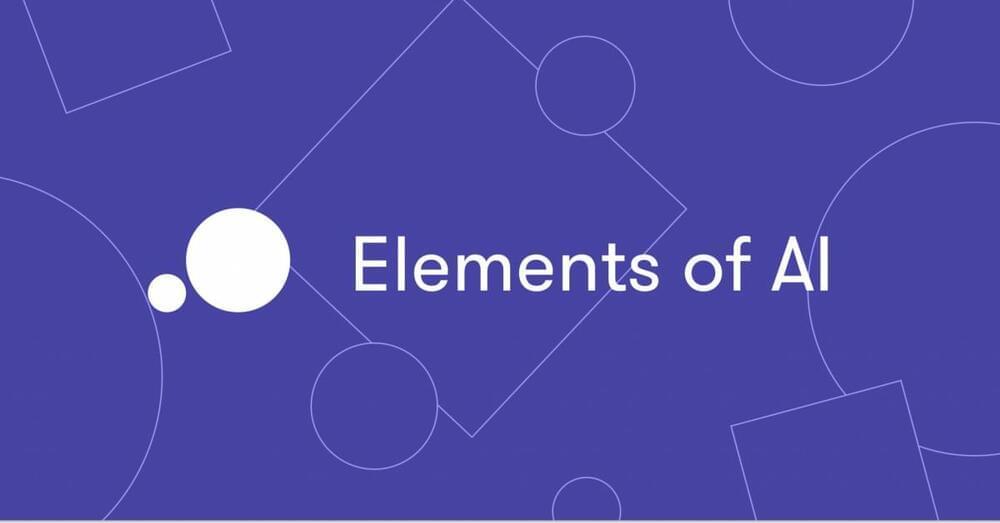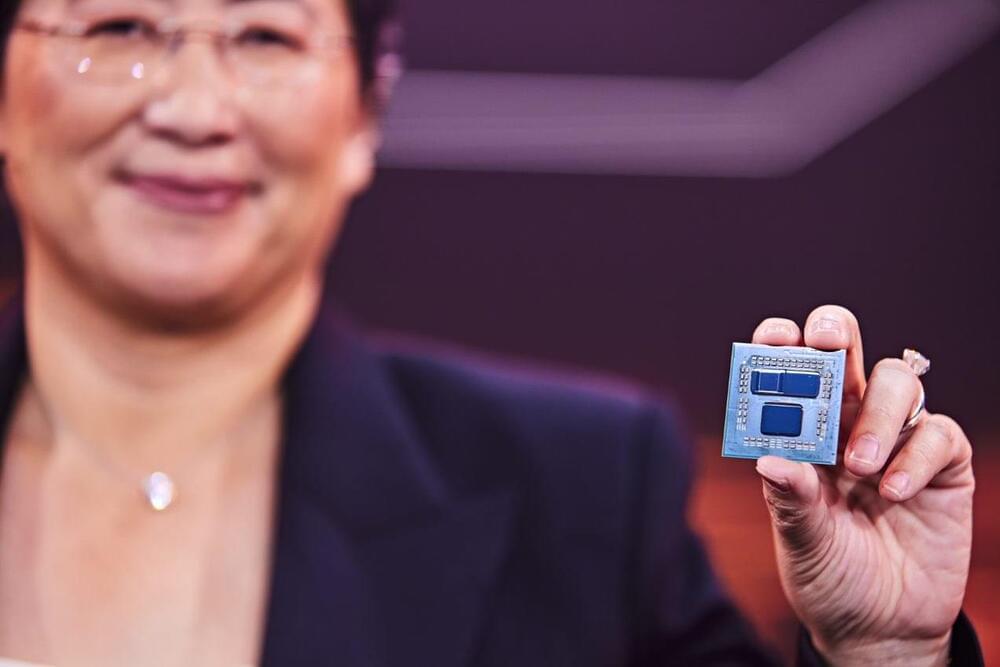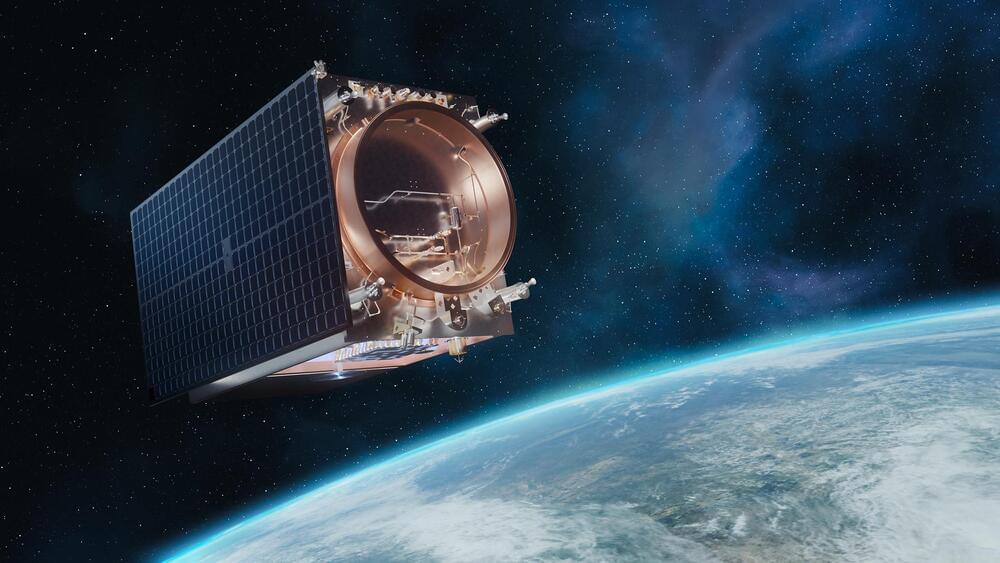Some of the big AI tech companies (Google, Microsoft, OpenAI, and Anthropic) sat with Vice-President Kamala Harris for two hours on Thursday. President Biden stopped by the meeting, telling the execs “What you’re doing has enormous potential and enormous danger.” An “independent exercise” at DEF CON 31, a major hacker event in August, will provide a transparent public assessments of how well existing generative AI systems meet the Biden administration’s AI Bill of Rights blueprint.
Is it possible to get ahead of unintended consequences?

